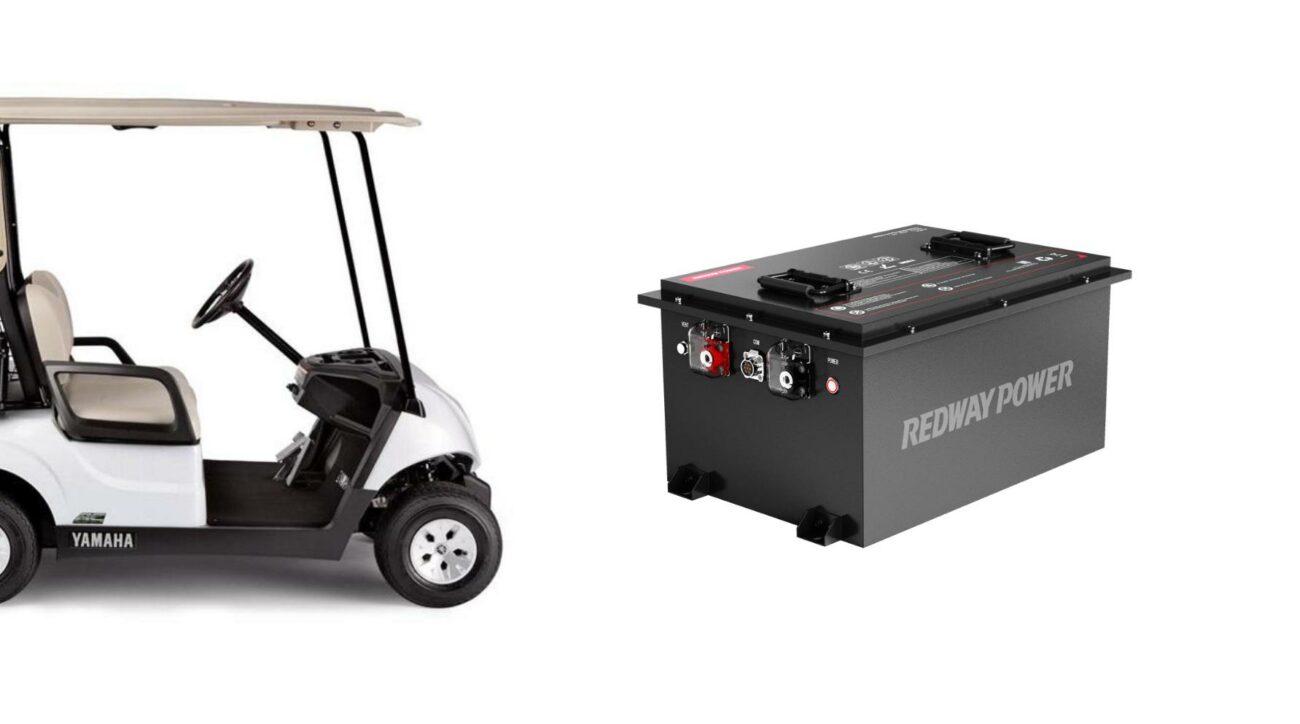What are 12V golf cart batteries? 12V golf cart batteries are deep-cycle lead-acid or lithium-ion batteries designed to power electric golf carts. They provide sustained energy output for long durations, withstand frequent discharges, and are wired in series (6x12V batteries) to achieve 48V systems. Common types include flooded, AGM, and lithium variants, each with distinct maintenance and performance traits.
72V 200Ah Lithium Golf Cart Battery
How Do 12V Golf Cart Batteries Compare to Other Voltages?
12V batteries are modular units often combined to create 36V or 48V systems. Unlike single 36V/48V batteries, 12V setups allow easier replacement and cost-effective repairs. However, mismatched voltages reduce efficiency. Higher voltages (e.g., 48V) offer better torque and range but require precise battery matching to avoid imbalances.
For instance, a 48V system using four 12V batteries typically delivers 25% more torque than a 36V configuration. This makes it ideal for hilly courses or heavier carts. However, mixing 12V batteries with different capacities or ages in a series connection can create “weak links,” reducing overall performance. Always verify voltage compatibility with your cart’s motor controller to prevent overheating or power loss.
What Factors Affect the Lifespan of 12V Golf Cart Batteries?
Lifespan depends on usage cycles, maintenance, and type. Flooded batteries last 4–6 years with monthly watering and cleaning. AGM batteries last 5–7 years with zero maintenance. Lithium batteries endure 8–10 years. Overcharging, deep discharges, and temperature extremes degrade all types. Regular equalization (for flooded) and partial discharges (for lithium) maximize longevity.
Temperature plays a critical role. Prolonged exposure to temperatures above 90°F accelerates corrosion in lead-acid batteries, while sub-32°F conditions reduce their effective capacity by 30-40%. Lithium batteries perform better in cold but lose 15-20% efficiency below freezing. Charging habits also matter: frequent 100% discharges cut lead-acid lifespan by half compared to 50% discharges.
Can You Mix Old and New 12V Golf Cart Batteries?
No. Mixing old and new batteries causes uneven charging, reduced capacity, and accelerated wear. Always replace all batteries in a pack simultaneously. Mismatched internal resistances strain newer units, leading to premature failure. For multi-battery systems, use identical brand, model, and production-date batteries.
What Safety Risks Do 12V Golf Cart Batteries Pose?
Flooded batteries emit hydrogen gas during charging, requiring ventilation to prevent explosions. Electrolyte spills cause corrosion and burns. Lithium batteries risk thermal runaway if punctured or overcharged. Always wear gloves and goggles, avoid sparks near batteries, and store in fireproof enclosures. Use UL-certified chargers to mitigate electrical hazards.
How Should 12V Golf Cart Batteries Be Stored in Winter?
Store batteries at 50–70% charge in a cool, dry place (50°F–60°F ideal). Disconnect terminals to prevent parasitic drain. For flooded batteries, top off water levels pre-storage. Recharge every 6–8 weeks. Lithium batteries require minimal maintenance but benefit from periodic 50% charge top-ups. Avoid freezing temperatures, which permanently damage lead-acid units.
| Battery Type | Storage Charge | Recharge Interval |
|---|---|---|
| Flooded | 50-70% | 6-8 weeks |
| AGM | 50-70% | 8-10 weeks |
| Lithium | 40-60% | 3-4 months |
Is Upgrading to Lithium 12V Golf Cart Batteries Worth It?
Lithium batteries offer 50% weight reduction, faster charging, and triple the cycle life of lead-acid. Though 2–3x pricier upfront, they save long-term costs via reduced maintenance and replacements. Ideal for frequent users or hilly terrains. Ensure your cart’s motor and controller are compatible with lithium’s higher voltage curves.
“Lithium batteries revolutionize golf cart performance,” says a Redway Power engineer. “They cut energy waste by 20% and handle 80% depth of discharge daily. However, users must retrofit battery trays and chargers. For lead-acid loyalists, AGM is the sweet spot—no spills, no watering, and better cold cranking than flooded models.”
Conclusion
12V golf cart batteries balance versatility and power for varied needs. Whether prioritizing affordability (flooded), convenience (AGM), or longevity (lithium), proper maintenance and voltage alignment are critical. Upgrading requires evaluating terrain, usage frequency, and budget. Always prioritize safety protocols to extend battery life and ensure reliable performance.
FAQs
- How often should I water flooded 12V golf cart batteries?
- Check water levels every 4–6 weeks. Add distilled water until plates are covered by ¼ inch. Avoid overfilling, which causes electrolyte spills.
- Can I use car batteries in my golf cart?
- No. Car batteries are starter (SLI) batteries designed for short bursts, not sustained deep cycles. Using them in golf carts leads to rapid failure.
- Why does my golf cart battery overheat while charging?
- Overheating stems from incorrect charger settings, sulfation buildup, or internal shorts. Replace faulty chargers and desulfate batteries promptly. For lithium units, ensure BMS (Battery Management System) functionality.



